Starting your dance journey can feel overwhelming. With so many styles to choose from, it’s hard to know where to begin. You might worry about picking the wrong style or not being good enough. These fears can hold you back from experiencing the joy of dance. But don’t let that stop you!
Imagine finding a dance style that feels natural and fun. Picture yourself moving to the beat, feeling confident and free. It’s all possible with the right guidance. You just need a few simple tips to get started and find the style that suits you best.
This blog shares the top dance styles perfect for beginners. From energetic hip-hop to graceful ballroom, there’s something for everyone. Whether you’re dancing at home or in a class, these styles will set you up for success. Let’s get moving and make your dance journey unforgettable!
Table of Contents
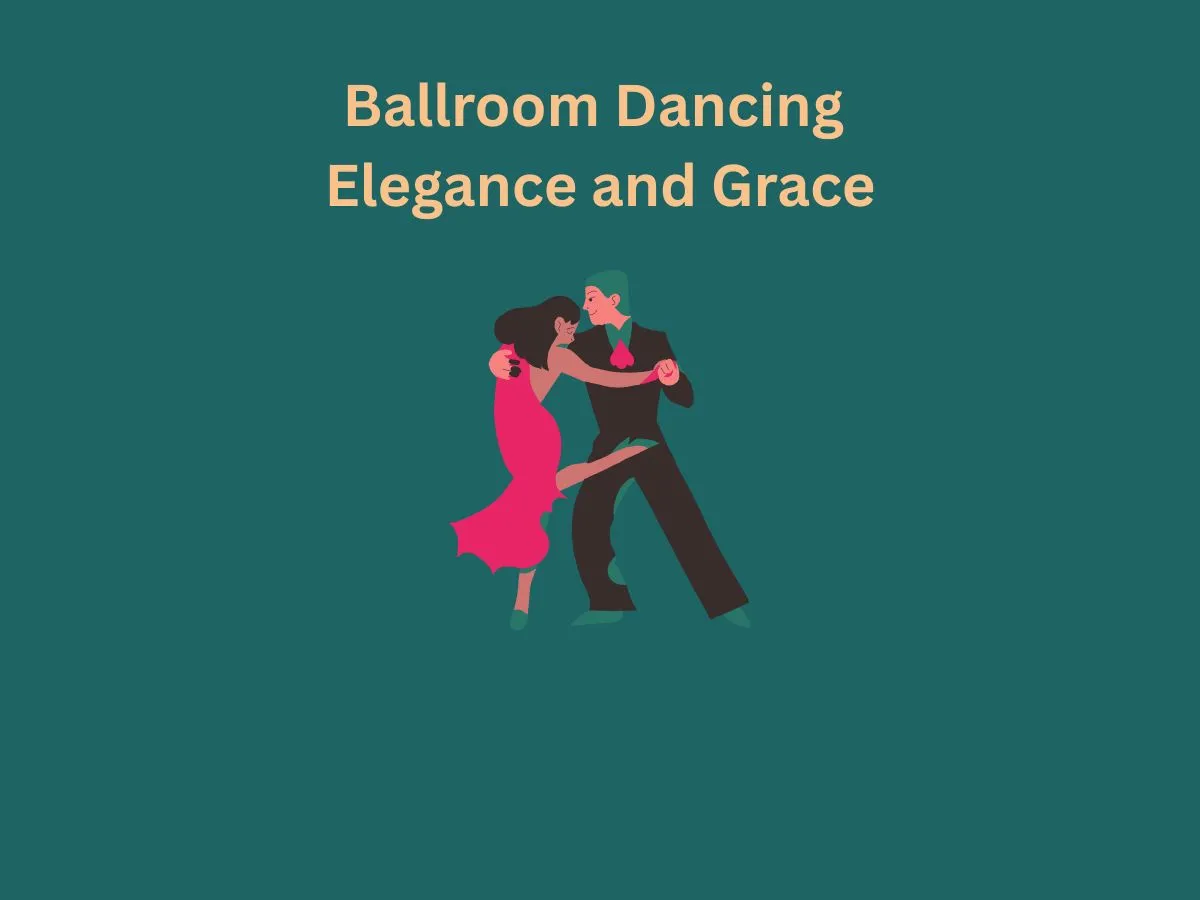
Ballroom Dancing: Elegance and Grace
Ballroom dancing is a classic and elegant form of dance that’s perfect for beginners. It includes dances like the waltz, foxtrot, and tango, each known for their smooth and graceful movements. The key to mastering ballroom dancing lies in posture and frame. Stand tall with your shoulders back and your chest lifted. This creates a strong and stable base for movement. The frame, formed by your arms and upper body, helps you connect with your partner.
One of the most fundamental steps in ballroom dancing is the “Waltz Box.” This sequence of smooth, flowing movements forms the core of the waltz. Another essential move is the “Foxtrot Walk,” characterised by elegant gliding steps. These steps emphasise rhythm, posture, and coordination, which are essential for all ballroom dances. Patience is key as you navigate learning new steps and techniques.
Ballroom dancing is a great way to improve your social skills. It’s often performed at formal events, making it a useful skill to have. Whether you’re dancing with a partner or in a group, ballroom’s timeless charm makes it a rewarding choice. It’s a dance that combines beauty and technique in a way that’s both challenging and fulfilling.
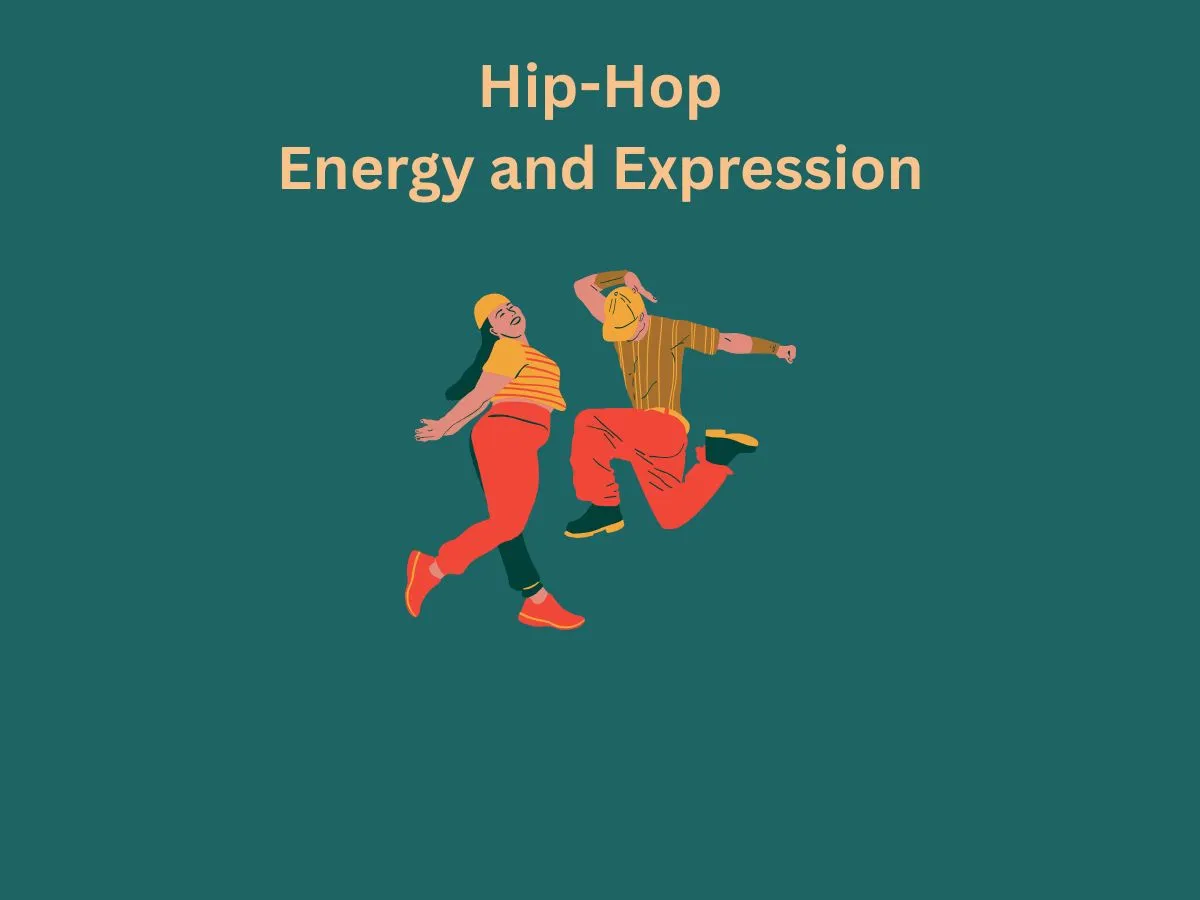
Hip-Hop: Energy and Expression
Hip-hop dance is a high-energy style that’s all about creativity and expression. It’s known for its complex footwork, fast-paced movements, and bold attitude. Hip-hop dance is versatile, making it suitable for all ages and skill levels. It’s a great way to let loose and have fun while moving to the beat.
There are many styles within hip-hop, like freestyle, krumping, and popping. Freestyle allows dancers to improvise and create their own moves, while krumping is driven by powerful, emotional movements. Popping involves quick muscle contractions to create a robotic effect. Each style offers something unique, so you can explore and find what suits you best.
Hip-hop dance is also a great workout. It builds stamina, coordination, and strength while keeping you entertained. Whether you’re dancing in a group or on your own, hip-hop’s energy and style make it a thrilling choice for beginners. It’s a dance style that encourages you to be bold and express yourself.
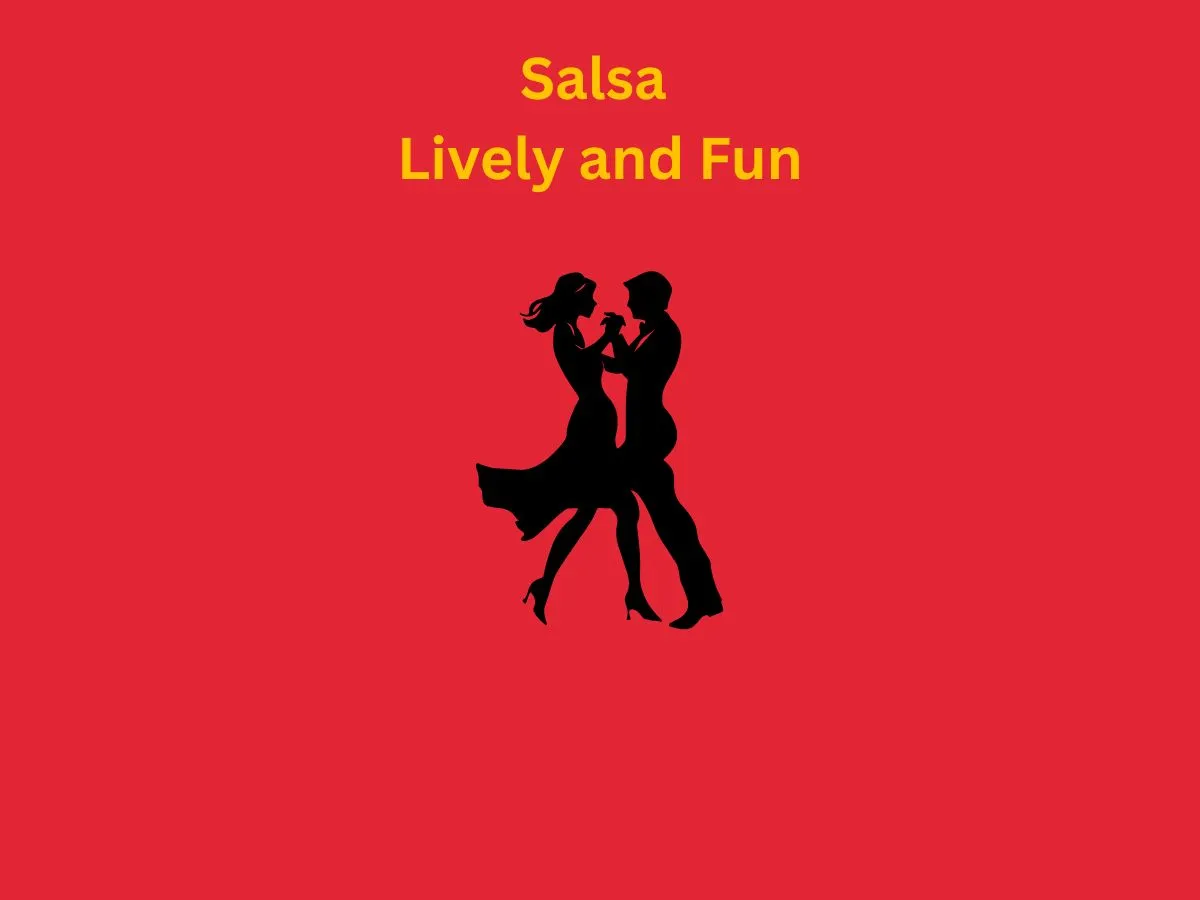
Salsa: Lively and Fun
Salsa is a lively and energetic dance style that’s perfect for beginners. Its upbeat music and simple steps make it easy to learn and fun to practice. The basic steps involve moving forward and backward, making it accessible for anyone to pick up quickly. Salsa’s festive vibe makes it a great choice for social dancing and parties.
There are different styles of salsa, like Cuban and LA, each with its own unique flair. Cuban salsa focuses on circular movements and relaxed arm styling, while LA salsa is more linear and technical. Beginners often find Cuban salsa easier to start with because of its simpler footwork and relaxed style. Both styles are full of energy and excitement.
Salsa dancing is also a great way to connect with others. It’s a social dance that encourages interaction and teamwork between partners. Whether you’re dancing at a club or in a class, salsa brings people together and creates a joyful atmosphere. It’s a fun and festive way to start your dance journey.
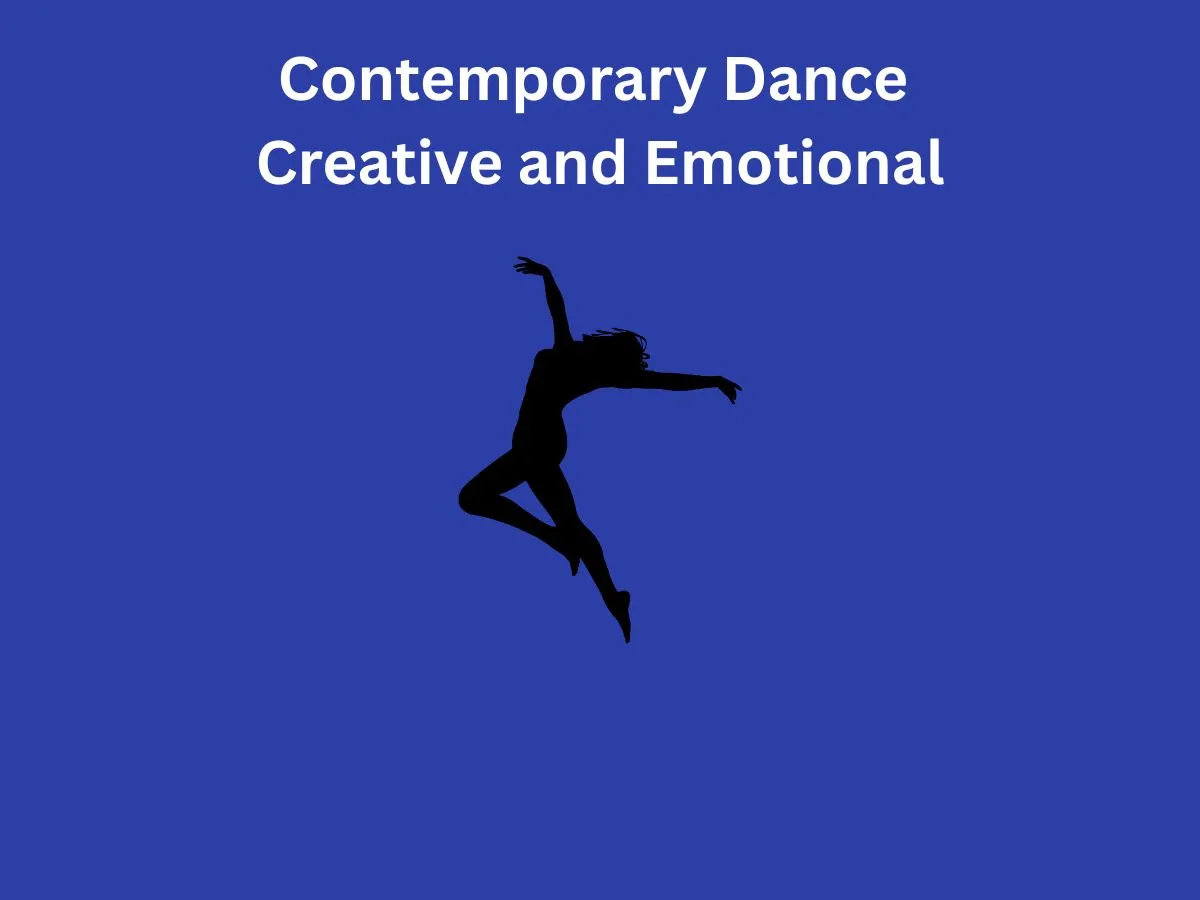
Contemporary Dance: Creative and Emotional
Contemporary dance is all about self-expression and storytelling. It combines elements from ballet, jazz, and modern dance, but breaks away from traditional rules. This style focuses on fluid movements, emotional depth, and creative freedom. Dancers use their bodies to convey feelings and ideas, making each performance unique.
One key aspect of contemporary dance is improvisation. Dancers often create their own movements on the spot, guided by the music and their emotions. This allows for a high level of personal expression. Techniques like fall and recovery, spirals, and suspension add variety and depth to the dance, making it visually captivating.
Contemporary dance is also versatile and eclectic. It draws inspiration from various styles, including yoga, martial arts, and physical theatre. This makes it a rich and diverse form of expression. Whether you’re a beginner or an experienced dancer, contemporary dance offers endless opportunities to explore and grow.
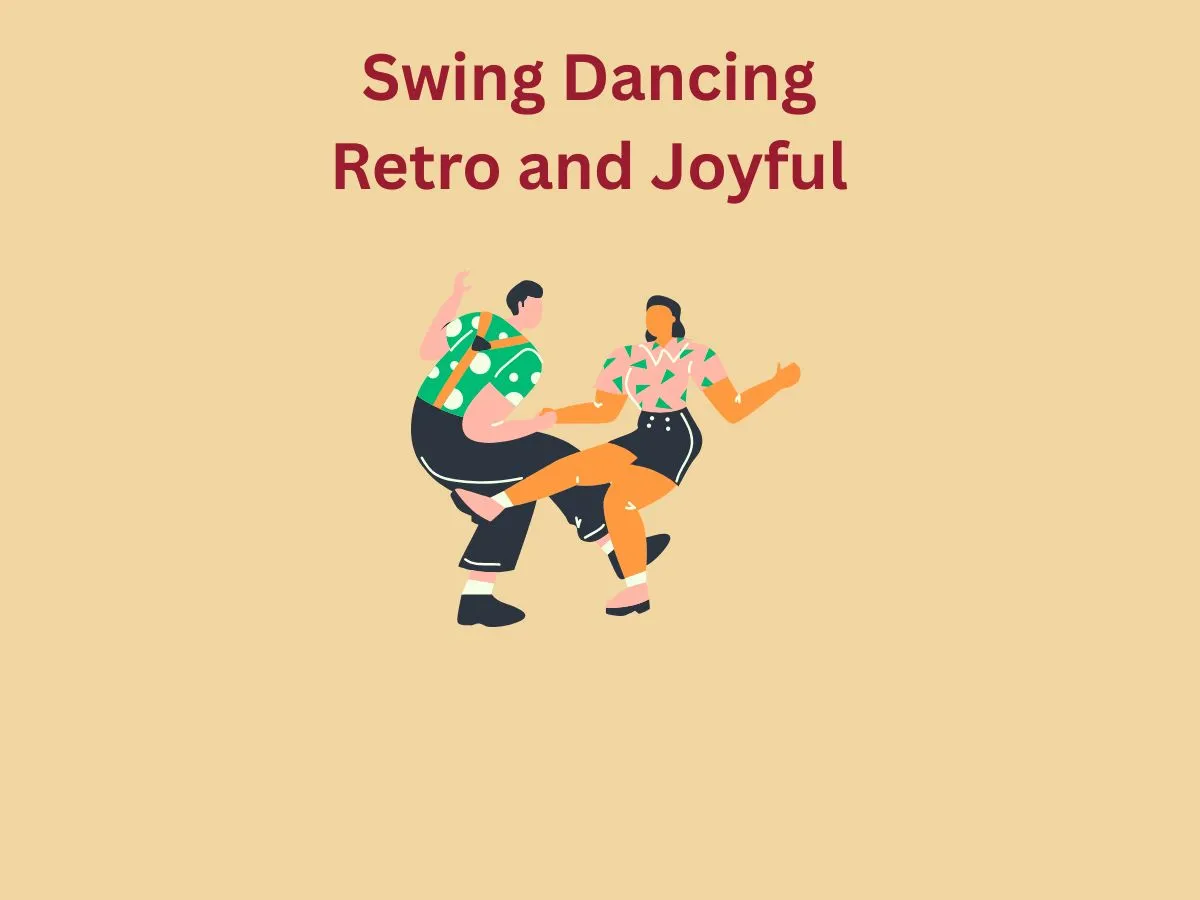
Swing Dancing: Retro and Joyful
Swing dancing brings the lively energy of the 1920s to life. Known for its upbeat tempo and playful moves, it’s a dance full of joy and excitement. The basic steps, like the triple step and rock step, are easy to learn, making it perfect for beginners. Swing dancing is all about having fun and letting loose.
The dance often includes flips, lifts, and dips, adding an acrobatic flair to the routine. These moves require trust and teamwork between partners, making it a great social activity. The playful nature of swing dancing makes it a hit at parties and events. It’s a dance that encourages spontaneity and creativity.
The music for swing dancing is just as lively as the moves. Jazz and big band tunes set the perfect rhythm for this energetic style. Whether you’re dancing in a class or at a social event, swing dancing is a great way to connect with others and enjoy the moment. It’s a dance that’s as fun to watch as it is to do.
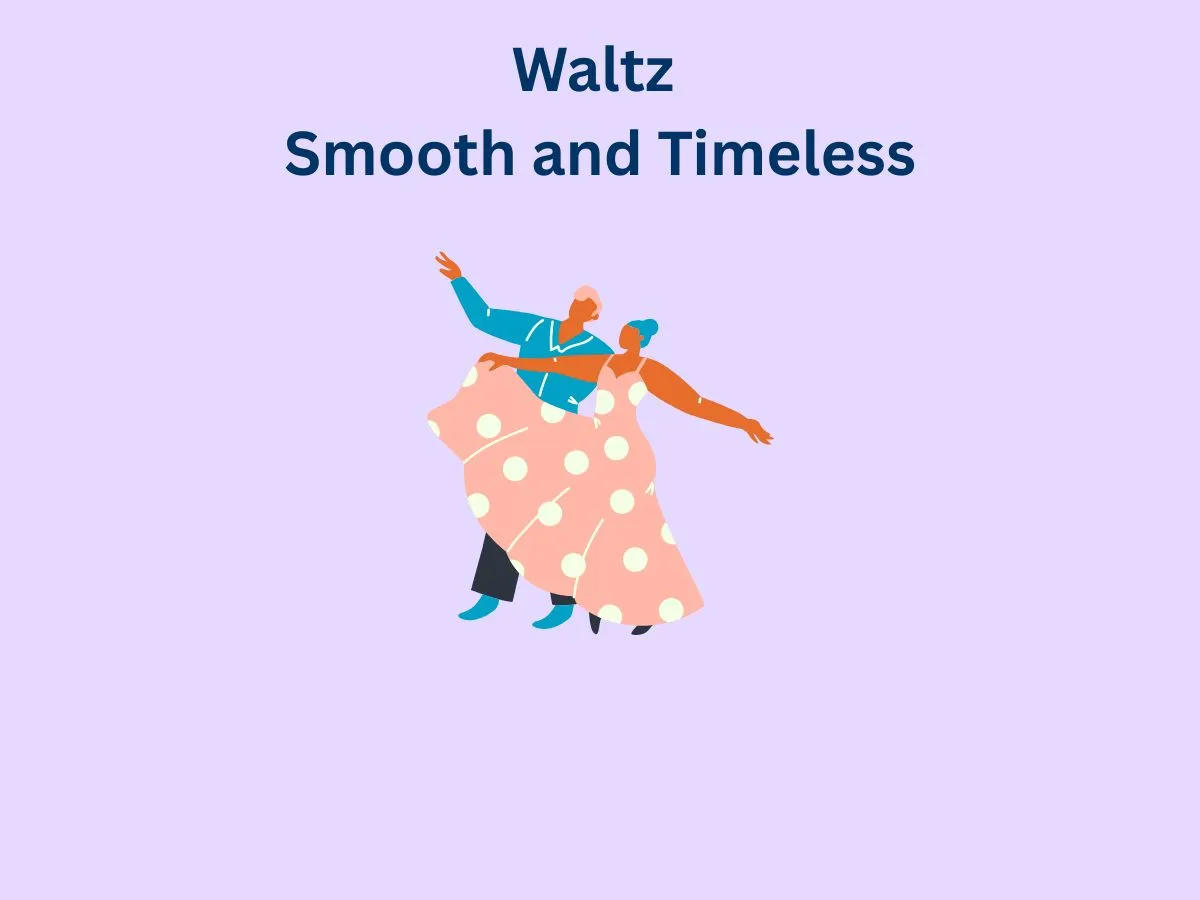
Waltz: Smooth and Timeless
The waltz is a classic dance known for its grace and elegance. It’s danced to a 3/4 time signature, giving it a smooth, flowing rhythm. The basic steps involve a box pattern, making it easy for beginners to learn. The waltz’s slow tempo allows dancers to focus on posture and movement, creating a polished and refined look.
Key elements of the waltz include the rise and fall motion, which adds fluidity to the dance. Dancers rise slightly on the balls of their feet and then lower back down, creating a gliding effect. This motion, combined with proper posture, gives the waltz its signature elegance. It’s a dance that feels as good as it looks.
The waltz is also a great way to build confidence and poise. It’s often danced at formal events, making it a useful skill to have. Whether you’re dancing with a partner or practicing on your own, the waltz’s timeless charm makes it a rewarding choice for beginners. It’s a dance that combines beauty and technique in a way that’s both challenging and fulfilling.
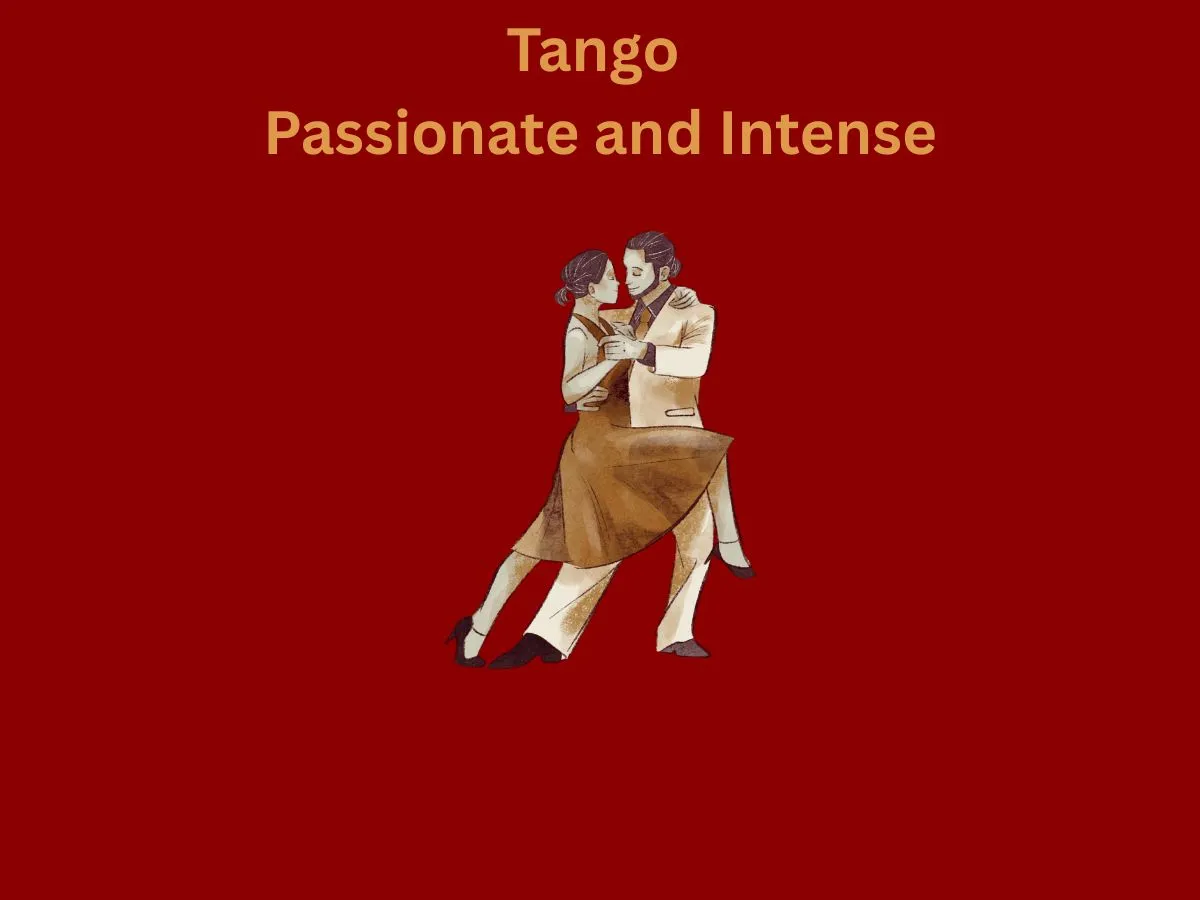
Tango: Passionate and Intense
Tango is a dance that radiates passion and intensity. It’s known for its close hold, dramatic movements, and emotional depth. The dance often features sharp, staccato steps and smooth, flowing motions, creating a dynamic contrast. Tango’s focus on connection and improvisation makes every performance unique and personal.
One of the key elements of tango is the “Basic Walk,” which forms the foundation of the dance. This involves stepping forward and backward with smooth, deliberate movements. Another essential move is the “Ocho,” where dancers pivot and swing their legs in a figure-eight pattern. These steps emphasize control and precision, which are crucial for mastering tango.
Tango is also a great way to build trust and connection with a partner. It’s often danced in a close embrace, allowing for deep communication through movement. Whether you’re dancing in a class or at a social event, tango’s passionate and intense nature makes it a thrilling experience. It’s a dance that’s as much about emotion as it is about technique.
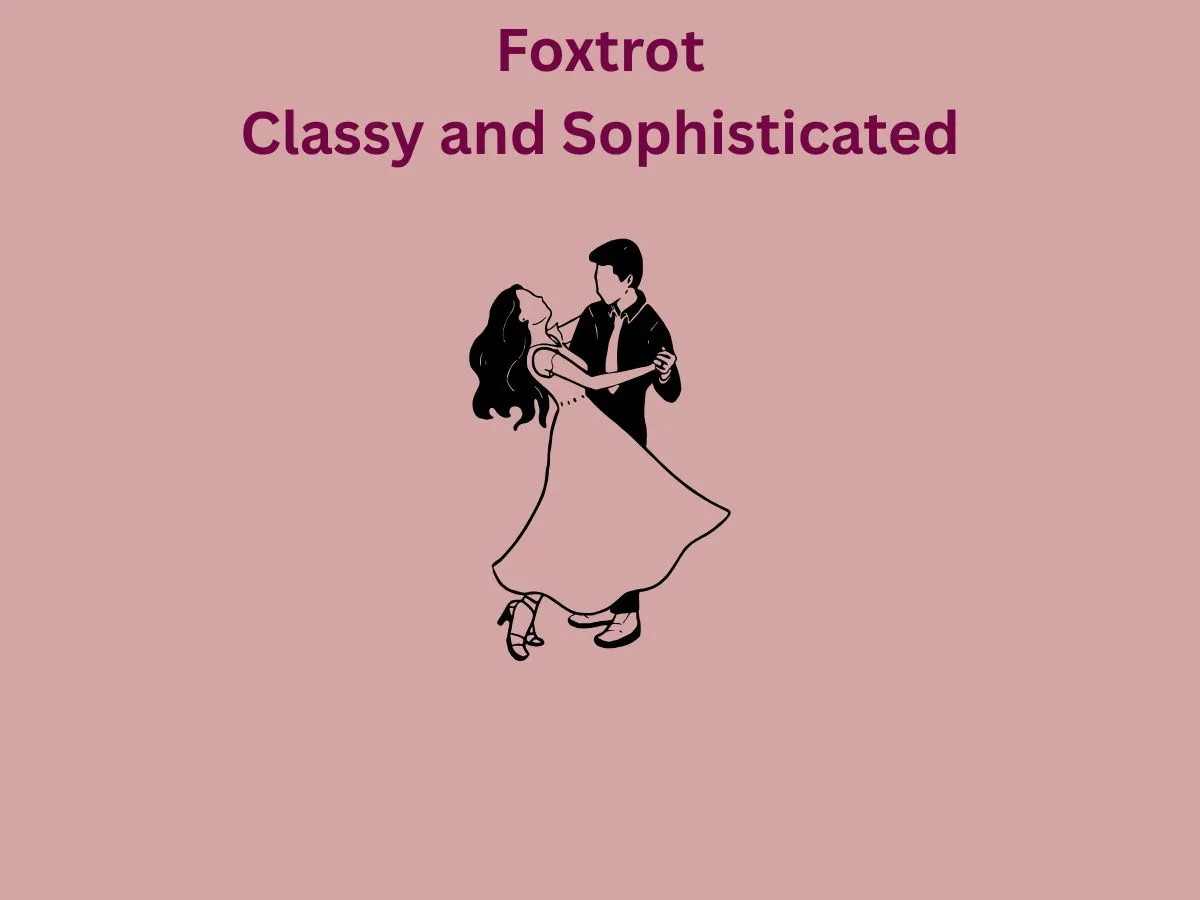
Foxtrot: Classy and Sophisticated
The foxtrot is a graceful and elegant dance that’s perfect for beginners. It’s known for its smooth, gliding movements and sophisticated style. The dance combines long, slow steps with quick, short steps, creating a flowing and polished look. The foxtrot’s smoothness has earned it the nickname “the Rolls Royce of dances.”
One of the most fundamental steps in the foxtrot is the “Box Step,” which forms a square pattern on the floor. Another key move is the “Feather Step,” where the leader steps outside the follower, creating a smooth and graceful motion. These steps emphasize rhythm and timing, which are essential for mastering the foxtrot.
The foxtrot is also a great way to improve your posture and coordination. It’s often danced at formal events, making it a useful skill to have. Whether you’re dancing with a partner or practicing on your own, the foxtrot’s classy and sophisticated nature makes it a rewarding choice. It’s a dance that combines elegance and technique in a way that’s both challenging and fulfilling.
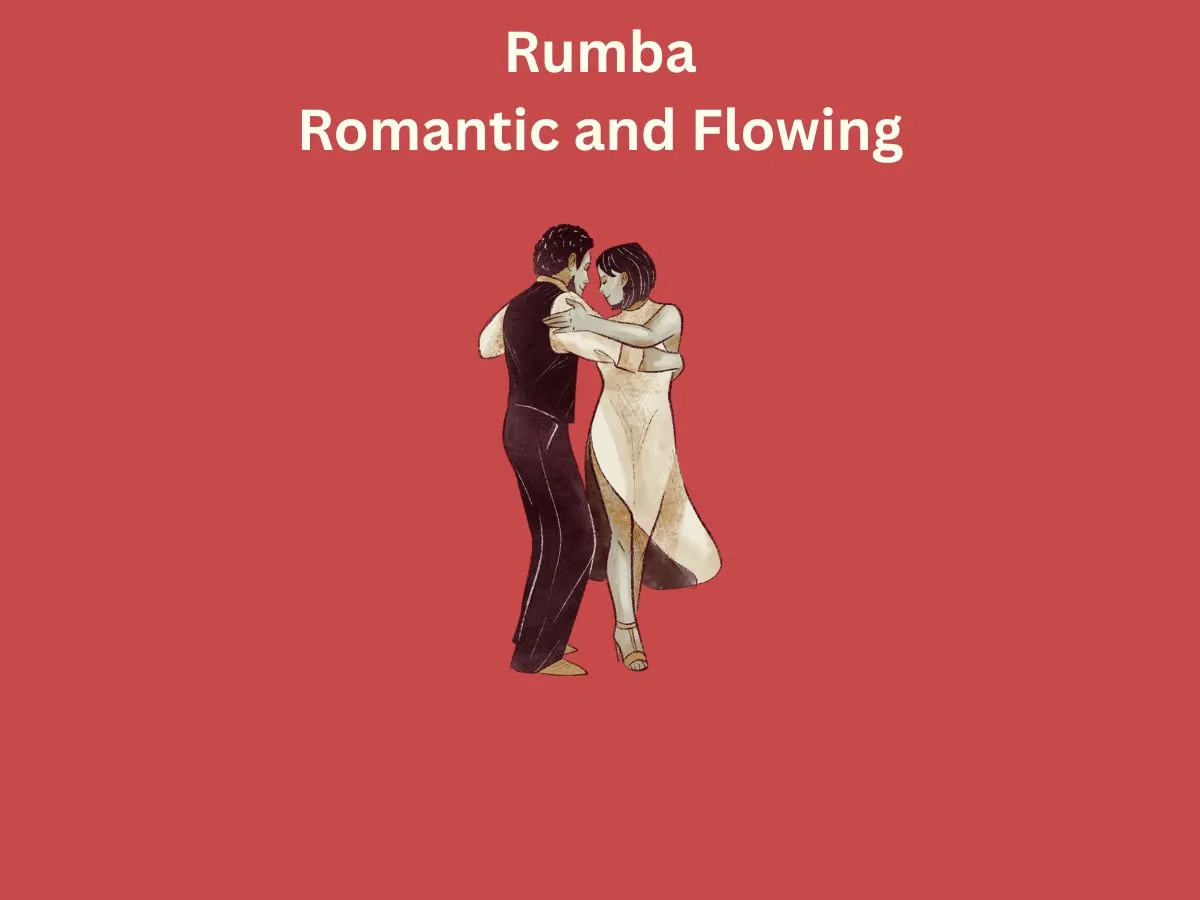
Rumba: Romantic and Flowing
The rumba is a romantic and sensual dance that’s perfect for beginners. Known as the “dance of love,” it’s characterized by slow, flowing movements and deep emotional expression. The dance emphasizes hip action and body isolations, creating a smooth and captivating look.
One of the key elements of the rumba is the “Basic Step,” which involves side steps and forward and backward movements. Another essential move is the “Cuban Rock,” where dancers rock their hips from side to side. These steps emphasize rhythm and control, which are crucial for mastering the rumba.
The rumba is also a great way to connect with a partner. It’s often danced in a close hold, allowing for deep communication through movement. Whether you’re dancing in a class or at a social event, the rumba’s romantic and flowing nature makes it a thrilling experience. It’s a dance that’s as much about emotion as it is about technique.
Conclusion: Step onto the Dance Floor with Confidence!
Now that you’re familiar with these beginner-friendly dance styles, your dance adventure is about to begin. Pick the styles that excite you and start practicing. Need personalized advice? Reach out to me at info@nandismedia.com. Time to dance!
FAQs
What if I feel clumsy when I start?
Everyone feels clumsy at first! The more you practice, the more natural it will feel.
Do I need special shoes or clothing to dance?
Comfortable clothing and shoes that allow you to move freely are perfect for starting.
How often should I practice each week?
Aim for at least a few practice sessions each week to see improvement.
Can I learn to dance online?
Yes, there are many online tutorials and classes available for all dance styles.
What’s the best way to find a local dance class?
Check local community centres, dance studios, and online listings.
Is it okay to take breaks while practicing?
Yes, breaks are important to prevent fatigue and injuries.
How can I make dancing more fun?
Dance with friends, choose music you love, and celebrate your progress.
What if I don’t have a partner?
Many dance styles, like hip-hop and contemporary, can be danced solo.
How can I improve my rhythm and timing?
Listen to music regularly and practice counting the beats.
Can dancing help with stress?
Yes, dancing is a great way to relieve stress and boost your mood.